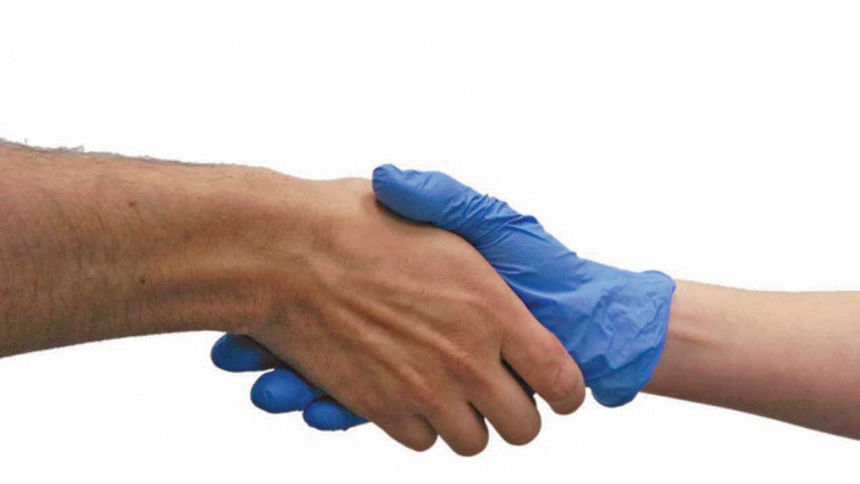Why the Universe isn't as Bright as it should be

A handful of new stars are born each year in the Milky Way, while many more blink on across the universe. But astronomers have observed that galaxies should be churning out millions more stars, based on the amount of interstellar gas available.
Now researchers from MIT and Michigan State University have pieced together a theory describing how clusters of galaxies may regulate star formation. They describe their framework this week in the journal-Nature.
When intra-cluster gas cools rapidly, it condenses, and then collapses to form new stars. Scientists have long thought that something must be keeping the gas from cooling enough to generate more stars – but exactly what has remained a mystery.
For some galaxy clusters, the researchers say, the intra-cluster gas may simply be too hot – on the order of hundreds of millions of degrees Celsius. Even if one region experiences some cooling, the intensity of the surrounding heat would keep that region from cooling further – an effect known as conduction.
For so-called "cool core" galaxy clusters, the gas near the centre may be cool enough to form some stars. However, a portion of this cooled gas may rain down into a central black hole, which then spews out hot material that serves to reheat the surroundings, preventing many stars from forming – an effect the team terms "precipitation-driven feedback."

NICE TO SNIFF YOU
Handshakes may engage our sense of smell
Why do people shake hands? A new Weizmann Institute study suggests one of the reasons for this ancient custom may be to check out each other's odours. Even if we are not consciously aware of this, handshaking may provide people with a socially acceptable way of communicating via the sense of smell.
Not only do people often sniff their own hands, but they do so for a much longer time after shaking someone else's hand, the study has found. As reported today in the journal eLife, the number of seconds the subjects spent sniffing their own right hand more than doubled after an experimenter greeted them with a handshake.
To examine whether handshakes indeed transfer body odours, the researchers first had experimenters wearing gloves shake the subjects' bare hands, then tested the glove for smell residues. They found that a handshake alone was sufficient for the transfer of several odours known to serve as meaningful chemical signals in mammals
Next, to explore the potential role of handshakes in communicating odours, the scientists used covert cameras to film some 280 volunteers before and after they were greeted by an experimenter, who either shook their hand or didn't. The researchers found that after shaking hands with an experimenter of the same gender, subjects more than doubled the time they later spent sniffing their own right hand (the shaking one). In contrast, after shaking hands with an experimenter of the opposite gender, subjects increased the sniffing of their own left hand (the non-shaking one).
Compiled by: Apurba Jahangir
Source: internet

 For all latest news, follow The Daily Star's Google News channel.
For all latest news, follow The Daily Star's Google News channel. 



Comments